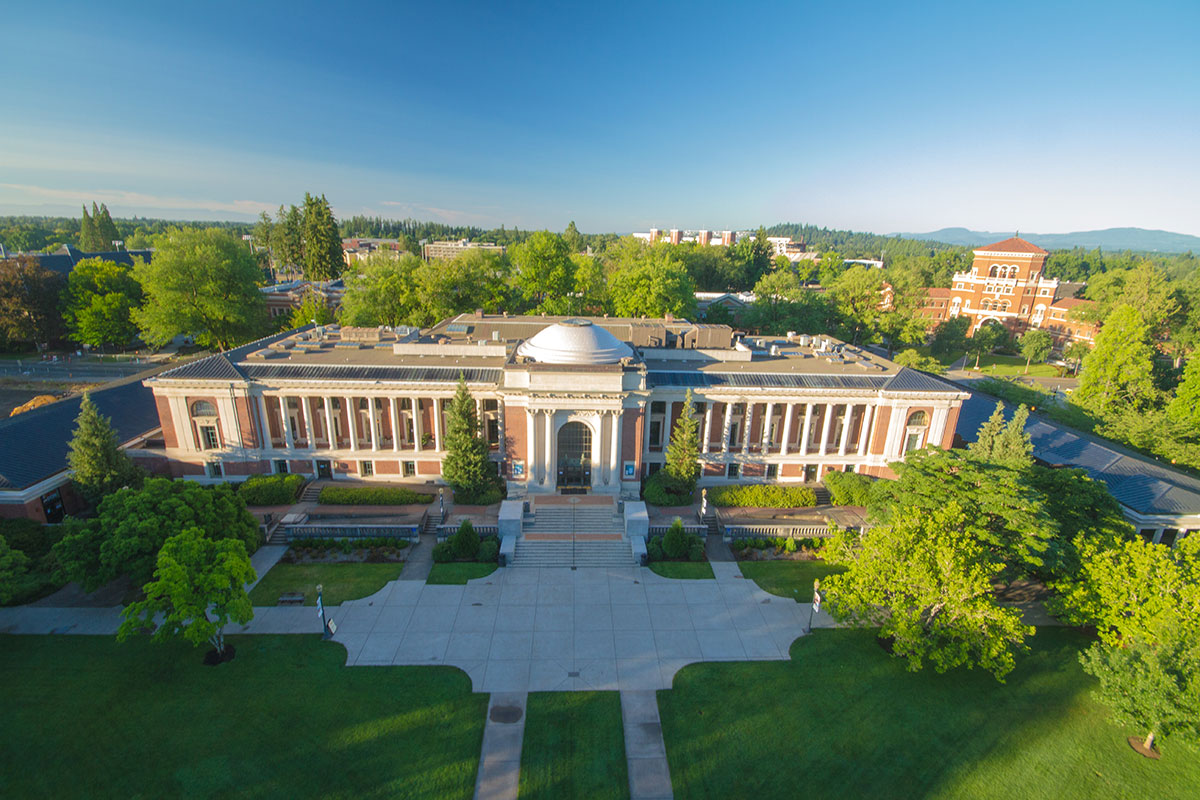With support from the University Venture Development Fund, Alex Chang and a student research team envision electricity-generating solar collectors built into windows, roofs and other building parts.
Solar Gain


With support from the University Venture Development Fund, Alex Chang and a student research team envision electricity-generating solar collectors built into windows, roofs and other building parts.

As wind turbines and solar arrays sprout up across the landscape, an urgent challenge arises: How to capture all that alternative energy for the electrical grid. Wind velocity and solar intensity vary wildly as weather changes and as seasons shift — fluctuations that are often out of sync with power demand.

These 12 biotechnology, energy and computer software companies account for about 300 jobs and $100 million in investment. They have spun off directly from or leveraged relationships with Oregon State University research.

The diatom — an ancient form of single-celled algae — may hold the key to a new generation of cheap, clean solar technology.

Ah, summer vacation. Time to kick back, right? Not so much for OSU students who are discovering opportunities to expand their horizons. They’re modeling blood flow, studying wildlife conservation in Africa, surveying Oregon’s old-growth forests and teaching entrepreneurship.

From Corvallis labs to Newport tidepools to Salem campgrounds, OSU experts are challenging K-12 kids to stretch their thinking and deepen their understanding of the natural and built environments.